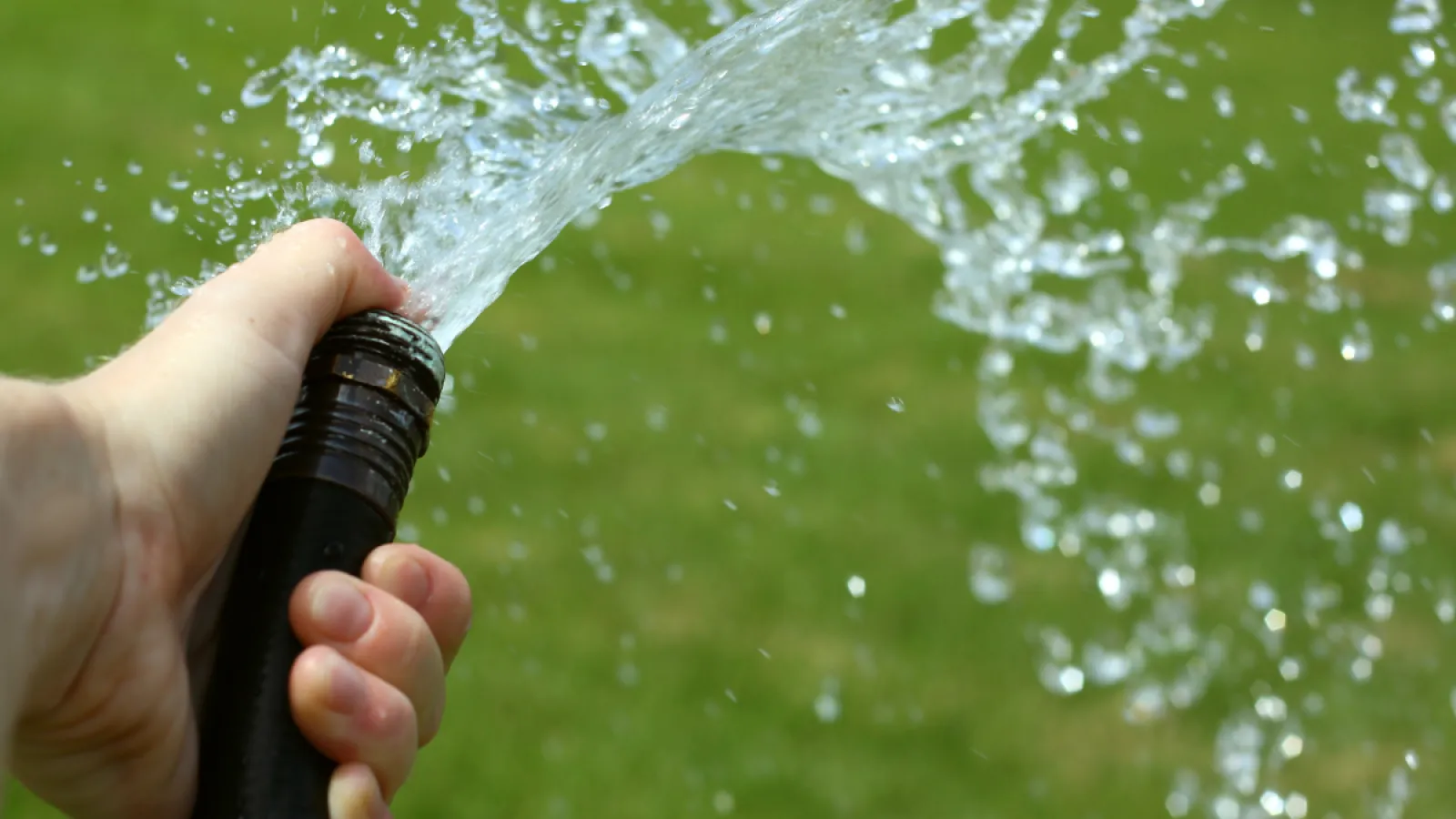
6 Ways to Prevent and Recover from Drought
A plant’s root system sustains the plant with the moisture and nutrients it takes in from the soil. Because roots lie in the top few inches of soil, when it doesn’t rain, the root zone dries out fast unless you water and can result in drought stress and then drought damage.
When roots are water-stressed, they shrivel and die, causing plants to suffer. Even if you start watering at the first signs of trouble, such as leaf wilt or tip browning, chances are that damage has already begun occurring to plant root systems. That’s why it’s best to water before plants “tell” you they need help.
Drought stress and damage occur when a lawn receives too little water. Lawns require at least one inch of water per week to stay healthy–this is amount the amount in a small tuna can. If your lawn does not receive one inch of water per week from rainfall, you will need to water your lawn with a sprinkler or irrigation system. Use a rain gauge to help determine if your lawn is receiving enough water and receiving the water evenly. It is better to water your lawn deeply once or twice per week versus frequent shallow waterings and to water early in the morning, 6am-10am.
Drought Damage Prevention
The best way to treat drought damage is to prevent it by ensuring proper watering throughout the season. However, once your lawn begins to show symptoms, proper watering is crucial. Established warm-season lawns such as Bermuda and Zoysia grass will typically recover with proper watering and fertilization. Cool-season grass like Fescue will need to have an aeration and seeding the following fall to fully recover. Fescue grass does not spread like Bermuda or Zoysia.
Here are some tips to help your lawn prevent and recover from drought damage or stress:
- Proper mowing heights: 0.75-1.5 inches for warm-season grass and 3-4 inches for Fescue.
- Never cut more than ⅓ of the grass blade at one time.
- Core aerate your lawn. Core aeration helps your warm-season grass make the best use of water.
- Provide deep, infrequent waterings to provide 1 inch of water per week
- Continue to provide your lawn with nutrients.
- Core-aerate and overseed your Fescue lawn annually.
If you notice drought stress or damage, give us a call or email us! We’d love to provide some direction specific to your lawn.


